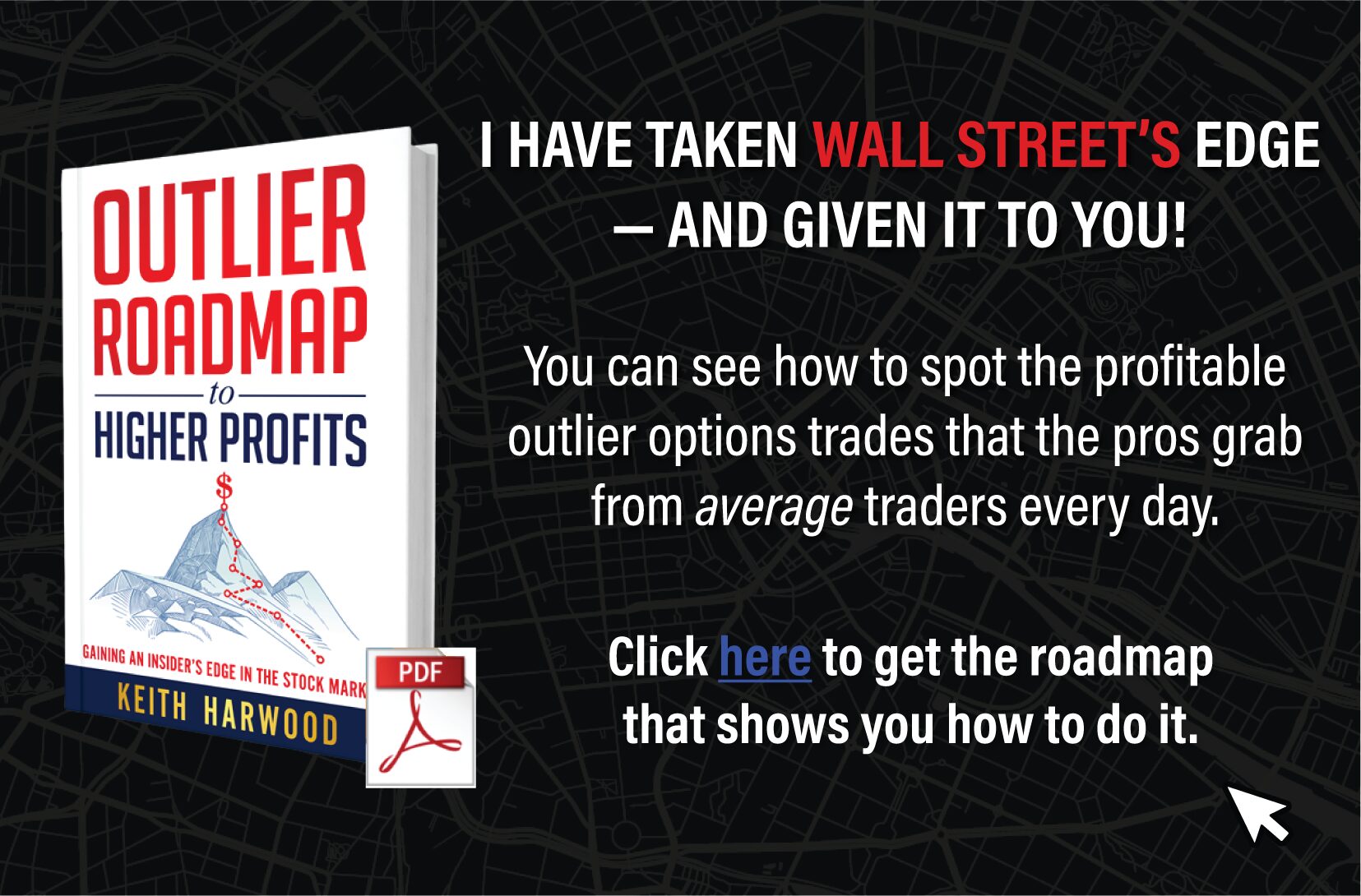by Lee Gettess
Many of you will have come to know the M.O.C. order we use to exit as standing for Murder On Close rather than Market On Close. There are times when it is better to exit prior to the close. Here are things to look for: Three o’clock (15:00) Chicago time is when the stock market closes in New York. If, at this time, the S&P 500 futures are moving in the direction of your trade, and particularly if they are at or near the HIGH or LOW of the day, it will generally be in your favor to exit M.O.C. A strong move day like that generally causes longer-term traders to cover their positions near the close. This tends to move the market even stronger in the direction it has been going. It is common for the S&P’s to add 50 or more points to their range after the stock market closes on days like those. If, however, the market is moving in the OPPOSITE direction as your trade, whether you are profitable or not at the time, it is probably wise to exit immediately, or at least before the close. Position squaring by many traders can cause the close to be somewhat erratic and cost you quite a few dollars in the process.
Quick recap – If the market is moving in the same direction as your trade at 3PM Chicago time, especially if it’s near the HIGH or LOW of the day, stay with the M.O.C. order. If the market is moving in the OPPOSITE direction as your trade, whether it is currently profitable or not, you should exit BEFORE the close, and perhaps immediately.

Pay attention to today’s opening price and yesterday’s close after one o’clock (13:00) Chicago time. If the market has been trading lower than either today’s open or yesterday’s close, then crosses above either of them after 1PM Chicago time, the odds heavily favor the market closing higher than the open or close. The reverse is true when the market has been trading above either of the figures, then crosses below after 1PM. If that cross-over is AGAINST your position, whether profitable or not, you may want to exit your position, or at least move your stop up closer to the market. If the cross-over is in the same direction as your position, EXCELLENT! This is definitely a good sign. It doesn’t mean this will necessarily be a profitable trade, but the odds are now heavily in your favor.
Speaking of stops, I suggest you move your stop up dramatically once you have 175-200 points of profit in a trade. If you move your stop 20 points ahead of your entry point you will lock in $100 profit (minus commissions) even if the market swings against you. Now some days this may cost you a few dollars of profit, but other days it will save you from a loss. It is particularly gratifying to take $100, then watch one of those wild-swing days occur that would have cost you $1,000 or more. Even if your profit isn’t as large as it might have been, you did still make money, and isn’t that what we are all trading for? Besides, a win is a win. And the more winning trades you have, the more likely you are to continue to follow your system. Having the discipline to follow a good system continuously is the only thing that will result in consistent profitability over time.
Many of you have asked about using trailing stops. Trailing stops are very useful tools. If you like to follow your profitable trades with a 200 or 150 point trailing stop, go right ahead. I would suggest that you keep it at least that large, since a volatile market can swing quite a bit while continuing to trend in one direction. I don’t use trailing stops myself simply because I have never been able to figure out the optimum size to use. 100 points? 150? 200? I have never found the right figure to protect me when it goes against me, yet leave me in when there is more room to run.
There is not much you can do about slippage, but I do have one observation that may help somewhat. There seems to be a cluster of orders around each 25 point increment in the S&P. That is, 277.00, 277.25, 277.50, etc. When my order calls for entry at exactly one of these levels, I usually move it one tick either up or down. It depends on how you view the market. For instance, if the market has been running up and now appears to be overbought, I may put the BUY order in one tick above the 25 level, since there may be a large order to SELL at that level. That could cause our entry to be the exact high of the day, as prices bounce down due to the large SELL order. Conversely, if we appear overbought and get a SELL signal at an exact level, I may move my entry price one tick in front of that signal. There may be a large order to SELL at that level, which will cause prices to accelerate downward, and probably cause me to lose a few ticks due to slippage. This way, I am already short when the acceleration begins. These levels are equally important when entering your stop orders.
Depending on your personal tolerance for risk, you may wish to pull both of your entry orders with 30-45 minutes to go, if they have not been hit. Program trading can cause the market to move fairly wildly in the last time period. That wild movement can net you some large last minute profits, but can go against you just as quickly. As I said, it is strictly a matter of personal preference, but canceling your orders with 30-45 minutes to go to avoid a late entry is not a bad idea.
Lastly, but perhaps most importantly, I pay attention to the longer term trend. By long term, I mean three days to two weeks. I don’t have any specific indicators that I use to measure this trend, just a general observation of the market’s direction. I use this direction as a guideline to taking profits. When the day trade is taken AGAINST the trend, I am much more inclined to take profits sooner, particularly if I have a profit. The market is more likely to stall and sit still when trading against the trend. Now, some of the largest profits will come on counter-trend days, but those days are usually hard and fast rallies or declines. When I trade against the trend and the market moves slowly, I am definitely thinking about taking profits early. Conversely, when I am trading with the trend, I am much more willing to stay with a position that has been against me all day. Let’s say it’s 14:30 Chicago time and I still have a 100 point loss. If I am trading with the trend I will generally hold that until the close, since the market has been showing strength. I will hold it in hopes of getting that last half hour rally that program trading sometimes brings. In that same situation when trading against the trend, I will look for a spot to get out with that loss before it grows into a larger one. The old axiom about the trend being your friend has been proven true time and time again.
Those are some of the general guidelines that I use in my own trading. They won’t work all of the time, but hopefully they should add a measure of profitability to your trading.











Recent Comments